In November, my wife and I along with four birding friends participated in a bird tour of northwestern Argentina with Rockjumper Birding Tours. We flew into the province of Tucuman and worked our way north in a circuitous fashion to our departure city, Salta.
The Andean scenery was spectacular, and the habitat diversity was amazing. Our trips took us from elevations of 600 feet to 15,000 feet and temperatures near from freezing to 112 degrees.
Our trip corresponded to early May in the Northern Hemisphere. However, the rainy season does not begin until around the first of December. The dry conditions we encountered meant few flowers were blooming to attract hummingbirds and pollinating insects.
I have birded in Ecuador, Costa Rica and many Caribbean Islands from November until March. I would frequently encounter North American breeding birds that were wintering in the tropics. Argentina is far enough south that few North American migrants winter there, so nearly every bird we saw was a new one for us.
We quickly learned that Argentina is the land of the ovenbirds (family furnariidae). Not to be confused with the ovenbird we have in Maine, the tropical ovenbirds are closely related to flycatchers. All build permanent domed nests with entrances on the side, just like an oven. Of the 309 bird species we saw, 34 were ovenbirds.
We began our trip with a visit to Reserva Natural La Angostura, a large reservoir. Waterbirds included coscoroba swans, Andean geese, white-cheeked pintails, yellow-billed pintails, rosy-billed pochards, Andean gulls, gray-hooded gulls and cocoi heron. An embarrassment of riches.
We visited the cloud forest at Rio los Sosa Reserve, north of Tucumán, the next morning. Highlights were duckling torrent ducks in the roaring stream, red-tailed comets (a hummingbird with an amazingly long tail), yellow-striped brushfinch and delightful brown-capped redstarts. Tapaculos are highly secretive ground birds, often heard but seldom seen. We were able to get a male white-browed tapaculo to show by playing its vocalization.
After lunch, we headed north to Rio Tafi. We found a small flock of Andean tinamous foraging in a cow pasture. Andean flickers, burrowing owls, and gray-hooded parakeets were great to see. A male Tucuman mountain finch put on a show for us, posing unobstructed in perfect light.
A morning walk on Nov. 3 at El Divisadero produced a list of 50 species in two hours, including 11 ovenbird species. Highlights for me were green-barred woodpecker, Chaco earthcreeper, brown-capped tit-spinetail and rufous-sided warbling finch.
An early morning trip to Cuesta del Obispo was particularly memorable. The cliffs there produced giant hummingbird, Andean condor and a bunch of ovenbirds including scribble-tailed canastero, streak-backed canastero, straight-billed earthcreepers and cream-winged cinclodes. Suddenly, our tour guide Dušan Brinkhuizen yelled out “Boulder Finch!” We were soon all on this gray bird. Dušan had looked unsuccessfully for this species for years in Argentina, Bolivia and Brazil. Our finch approached within 10 meters of us for some great photo ops.
We visited the Taco Pozo Ponds on the morning of Nov. 6, tallying 88 species in three hours. What a busy place. Waterbirds included white-faced whistling duck, comb duck, white-tufted grebe, great grebe, red-fronted coot, white-winged coot, wattled jacan and bare-faced ibis. Overhead, black-chested buzzard-eagles and snail kites soared. Fork-tailed flycatchers foraged along the shoreline. As we were leaving, we saw some greater rheas in a cow pasture.
The following day we visited Parque Nacional Calilegua. We saw 35 species of birds there including variegated flycatcher, a species I was keen to see. A variegated flycatcher showed up at Biddeford Pool in November 1979. It was nice to see this species in its native habitat.
This column covers only a portion of the sites we visited and the species we saw. If you would like to see the complete species, site location details and my photographs of 162 of those species, visit: ebird.org/tripreport/177054
Herb Wilson taught ornithology and other biology courses at Colby College. He welcomes reader comments and questions at whwilson@colby.edu
Send questions/comments to the editors.

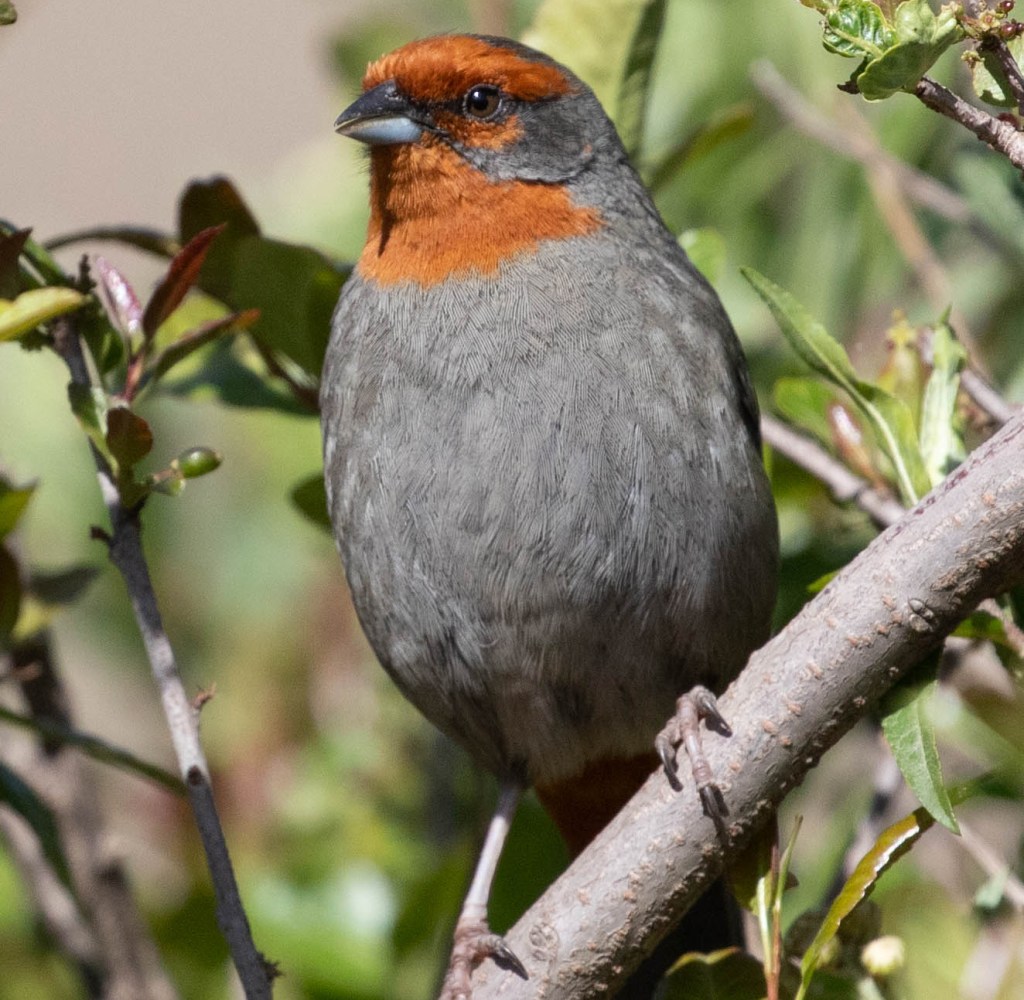
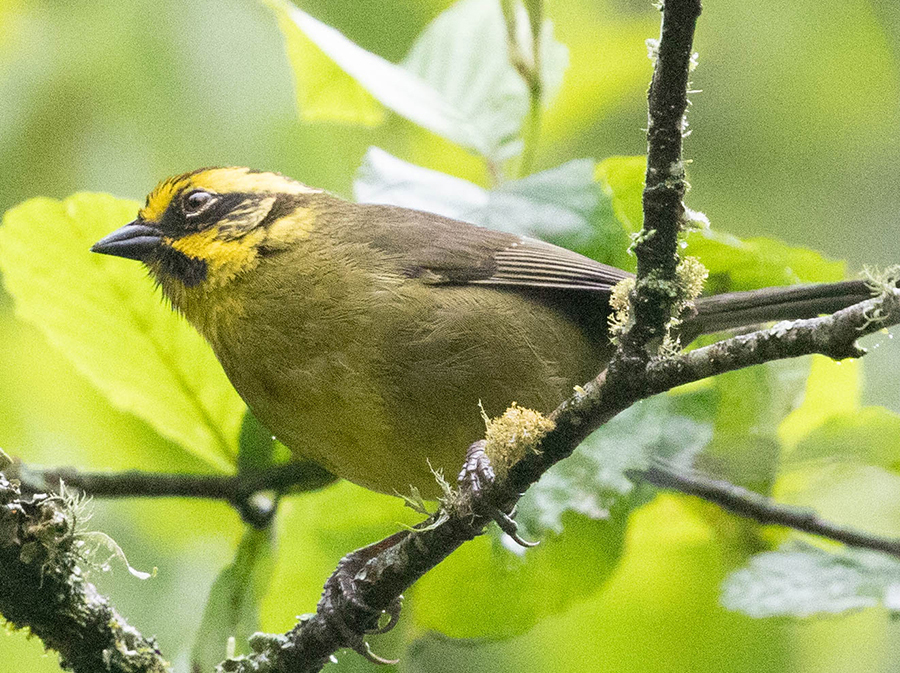
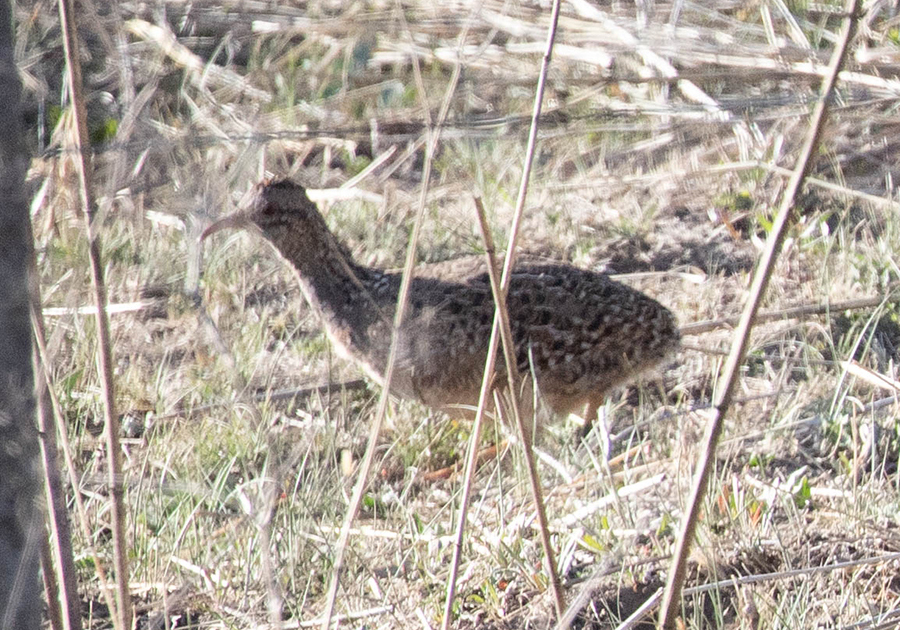
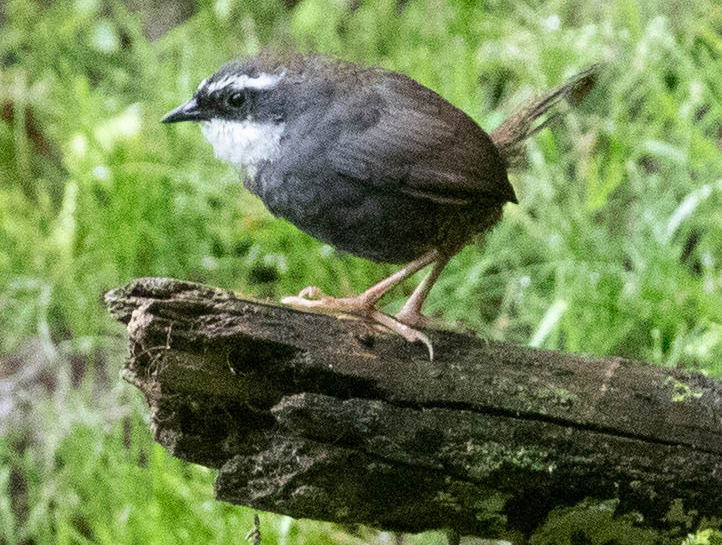
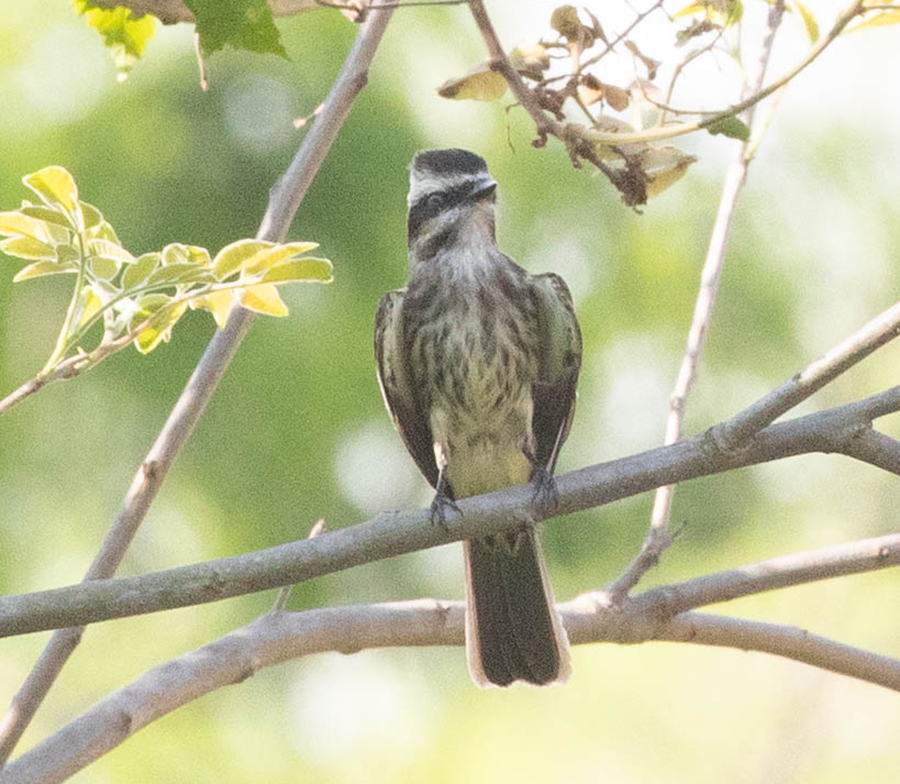
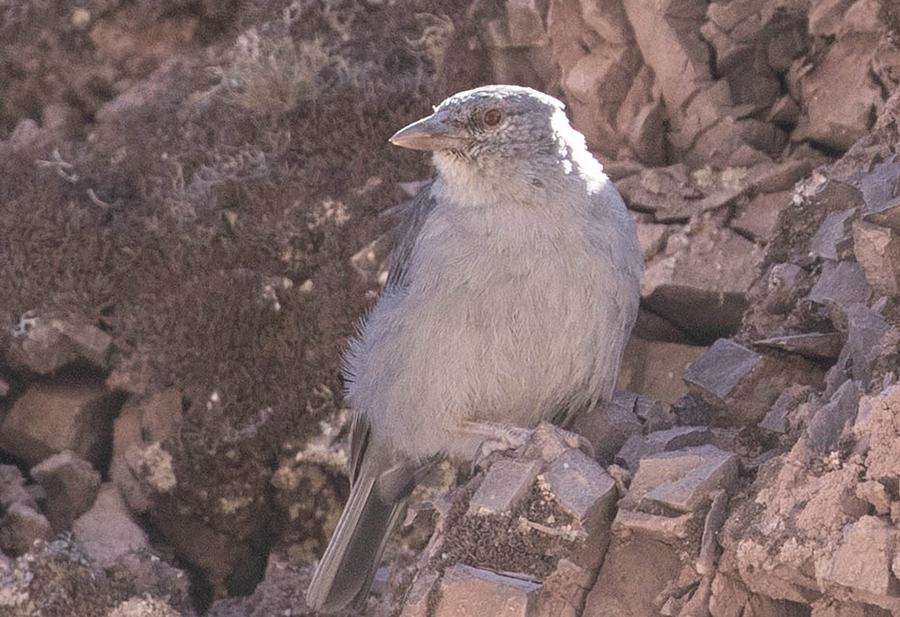
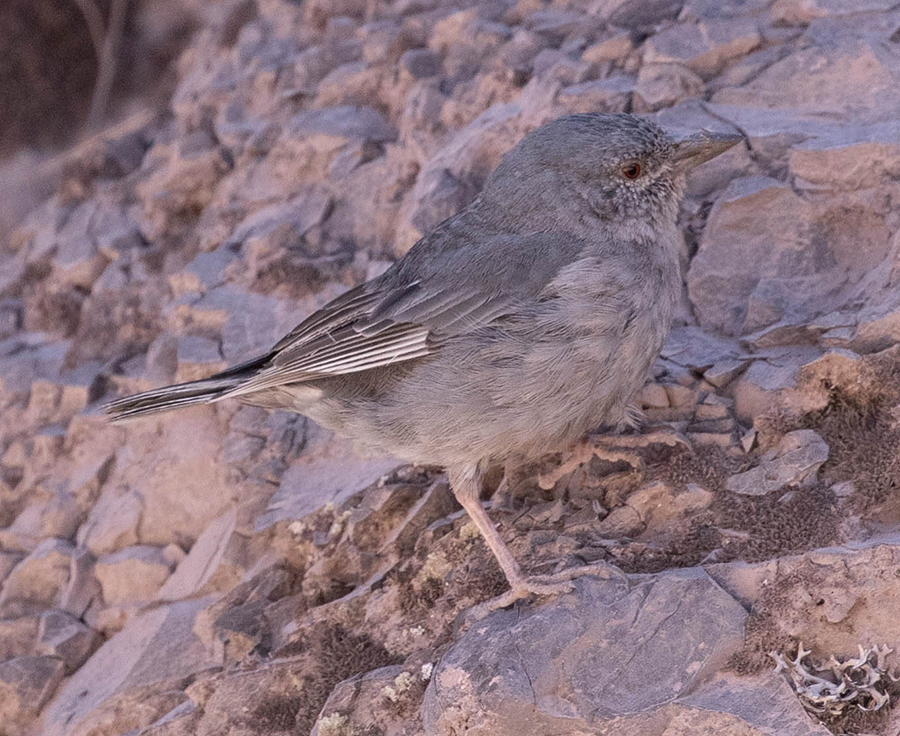

Comments are no longer available on this story